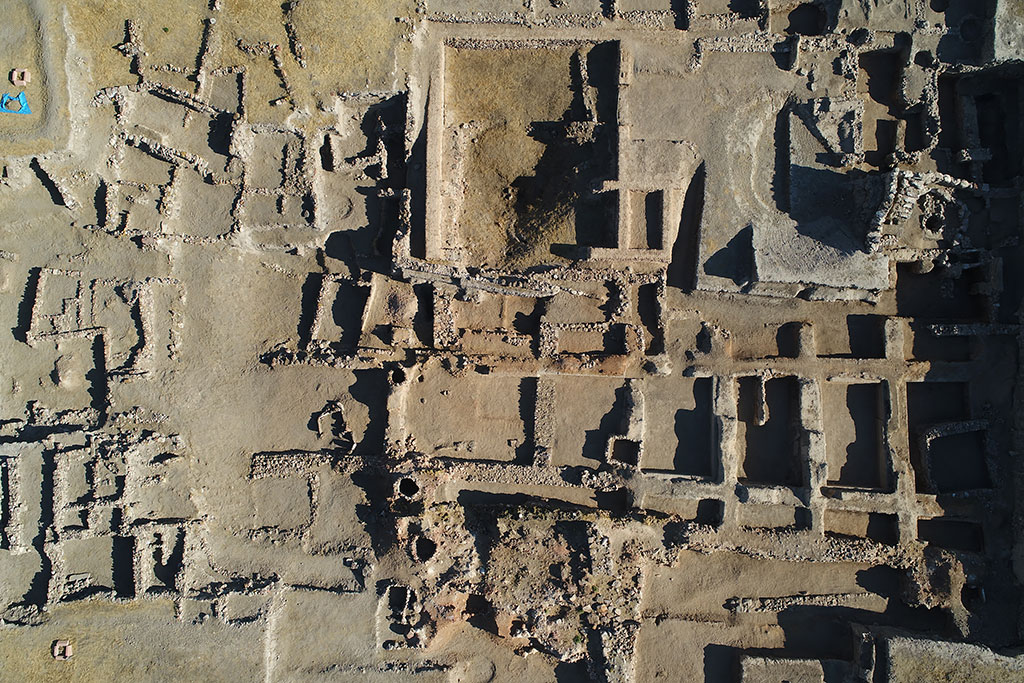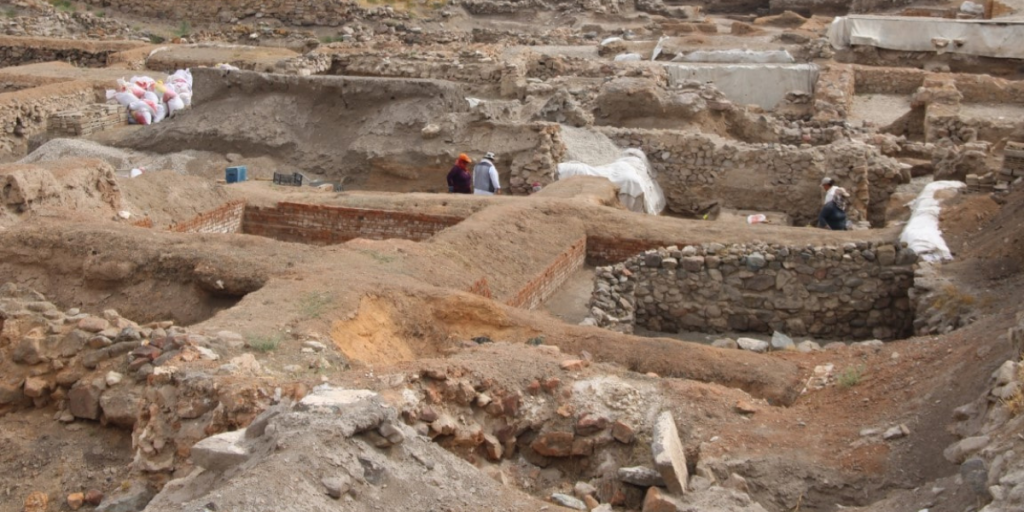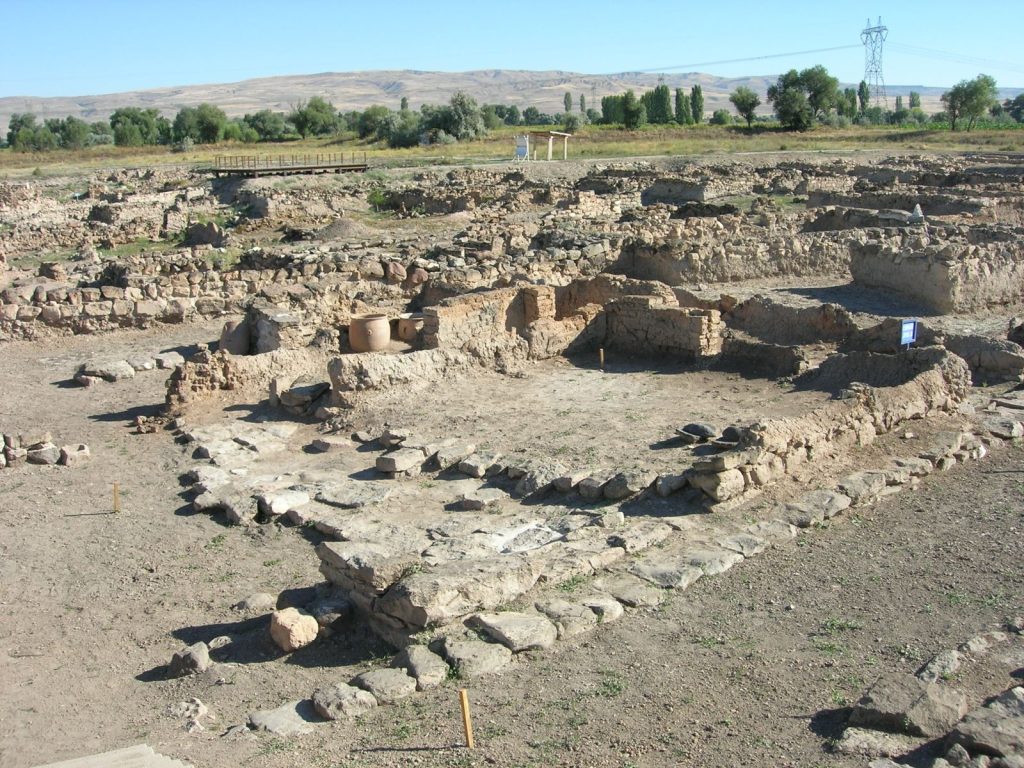
77th Year Excavations Begin at Kültepe Kanesh-Karum Archaeological Site, Tracing 6,000 Years of History
The 77th year of excavations is commencing at the Kültepe Kanesh-Karum Archaeological Site, where archaeological findings and documents dating back 6,000 years are being unearthed, known as “the place where Anatolian history began.” Excavation Head Prof. Dr. Fikri Kulakoğlu stated, “We are also trying to shed light on the period approximately 4,500 years ago. Before the merchants arrived, Kültepe was still an important center, and we continue to uncover the significant structures of this center.”
Journey to 4,500 Years Ago
Excavation Head Prof. Dr. Fikri Kulakoğlu noted that this year’s studies will focus on the period before the arrival of merchants in Anatolia. Stating that they will concentrate on the Early Bronze Age, approximately 4,500 years ago, Kulakoğlu said, “Before the merchants arrived, Kültepe-Kanesh was an important center, and we continue to uncover the significant structures of this center.”

Ongoing Excavations with International Cooperation
The excavations, conducted under the leadership of the Ministry of Culture and Tourism, with the support of Kayseri Metropolitan Municipality, involve teams from universities in Türkiye, as well as teams from Korea, Japan, America, and Italy. This international collaboration is of great importance for Anatolian archaeology and Near Eastern archaeology.
Climate Change Studies Also Continue
Climate change studies, which began last year, will continue this year as well. Prof. Dr. Kulakoğlu emphasized that these studies will provide important information about the prehistoric climate conditions of the region.

Historical Significance of Kültepe
Kültepe, which was inhabited from the 3rd millennium BC to the Roman Period, is one of the most important ancient cities of Anatolia. Especially during the Assyrian Trade Colonies Period (2nd millennium BC), Kanesh, an important trade center, sheds light on Anatolian history with its cuneiform tablets from this period.
Duration and Objectives of the Excavations
The excavations, which will begin in April, are planned to continue until December. The excavation team aims to better understand the history of the region and uncover important structures through studies to be carried out in the Karum area and the mound.
You may also like
- A 1700-year-old statue of Pan unearthed during the excavations at Polyeuktos in İstanbul
- The granary was found in the ancient city of Sebaste, founded by the first Roman emperor Augustus
- Donalar Kale Kapı Rock Tomb or Donalar Rock Tomb
- Theater emerges as works continue in ancient city of Perinthos
- Urartian King Argishti’s bronze shield revealed the name of an unknown country
- The religious center of Lycia, the ancient city of Letoon
- Who were the Luwians?
- A new study brings a fresh perspective on the Anatolian origin of the Indo-European languages
- Perhaps the oldest thermal treatment center in the world, which has been in continuous use for 2000 years -Basilica Therma Roman Bath or King’s Daughter-
- The largest synagogue of the ancient world, located in the ancient city of Sardis, is being restored











Leave a Reply